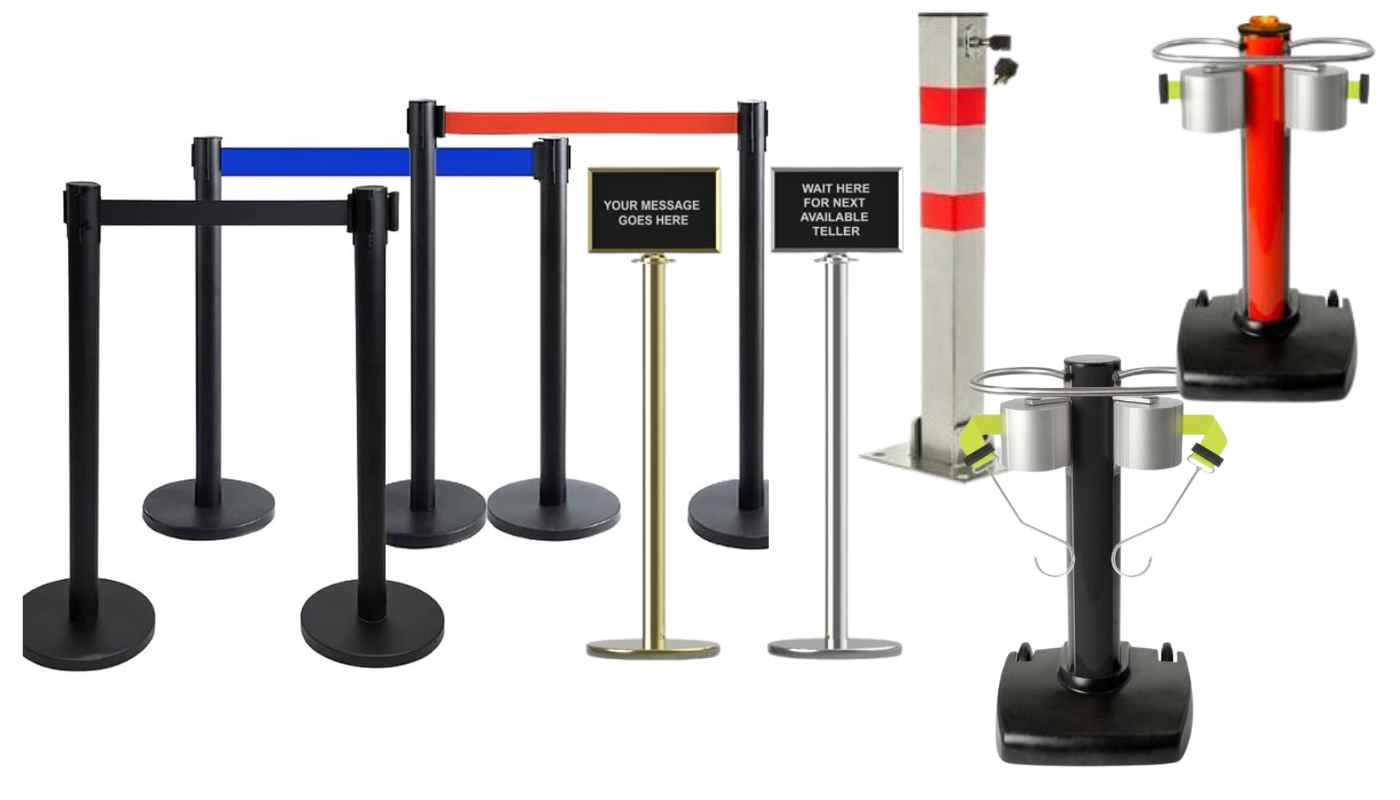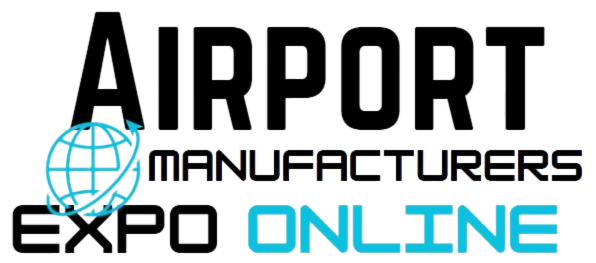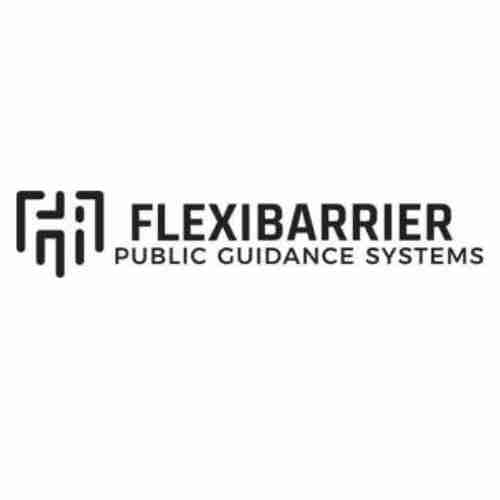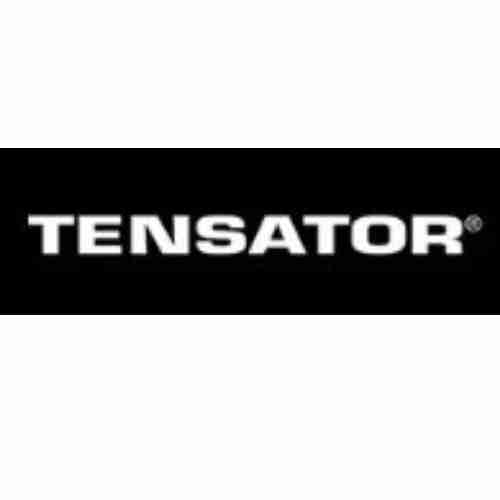Safety Barriers and Retractable Belt Stanchions in South Korea in 2025
South Korea, the “Land of Morning Calm,” is a nation renowned for its technological prowess, cultural richness, and bustling metropolises. But ensuring public safety remains paramount amidst the country’s rapid development. In this realm, airport safety barriers and retractable belt stanchions play a crucial role in maintaining order, preventing accidents, and fostering a secure environment for travelers and staff alike.

The Importance of Airport Safety
Airports serve as gateways to new experiences and connect people across the globe. However, these hubs can also be prone to congestion, especially during peak travel seasons. This is where pedestrian control comes into play. Safety barriers and stanchions create designated walkways, separate passenger flows, and channel them efficiently through check-in areas, security checkpoints, and boarding gates. This organized movement minimizes the risk of collisions and ensures a smooth travel experience for everyone.
The Power of Retractable Belt Stanchions
Retractable belt stanchions, with their sleek design and versatile functionality, are the workhorses of airport safety. These lightweight stanchions feature a weighted base for stability and a retractable belt that extends and retracts effortlessly. This allows for quick and easy configuration of queuing areas, security perimeters, and designated zones for baggage claim or passenger drop-off.
Applications Beyond Queues
The applications of retractable belt stanchions in South Korean airports extend far beyond queue management. Here are some additional ways these versatile tools enhance safety and functionality:
- Creating Buffer Zones: Stanchions can be used to establish buffer zones around baggage carousels, separating arriving passengers from luggage handling operations. This safeguards both travelers and staff from potential hazards.
- Fall Protection: In areas with potential elevation changes, retractable belt stanchions can serve as a temporary guardrail, preventing accidental falls.
- Access Control: Stanchions can be strategically placed to restrict unauthorized access to restricted areas like maintenance zones or tarmac access points.
- Crowd Management: During unforeseen situations like flight delays or cancellations, retractable belt stanchions can be swiftly deployed to manage unexpected crowds, prevent bottlenecks, and maintain order.
Safety Barrier Trends in South Korea
South Korea, a nation at the forefront of innovation, is constantly seeking advancements in safety solutions. Here are some notable trends in airport safety barriers:
- Increased Focus on ADA Compliance: ADA-compliant stanchions, designed for accessibility, ensure a seamless and inclusive experience for travelers with disabilities. These stanchions typically have wider bases for added stability and feature signage in Braille for improved navigation.
- Retractable Belt Customization: Airports are increasingly opting for customizable retractable belt stanchions. These stanchions can be branded with airport logos or incorporate visual aids like directional arrows to enhance passenger flow and information dissemination.
- Sustainable Materials: Eco-conscious airports are gravitating towards safety barriers and stanchions manufactured from recycled materials or with sustainable production practices.
South Korean Safety Regulations
South Korea enforces stringent safety regulations for all public spaces, including airports. These regulations are meticulously outlined by the Ministry of Employment and Labor (MOEL) and encompass guidelines for:
- Barrier Post Strength and Stability: Stanchions must possess adequate weight capacity and stability to withstand accidental impact or crowd pressure.
- Fire Safety: Materials used in safety barriers and stanchions should be flame-retardant or self-extinguishing to minimize fire hazards.
- Signage and Visibility: Clear and visible signage on barriers is crucial for directing passengers and ensuring adherence to safety protocols.
The Cost Factor
The cost of safety barriers and retractable belt stanchions in South Korea can vary depending on several factors:
- Material: Stainless steel stanchions offer superior durability but come at a higher price point compared to plastic or nylon stanchions.
- Features: Stanchions with built-in lights, retractable belt lengths, or custom branding will naturally cost more than basic models.
- Quantity: Bulk purchases from reputable safety equipment suppliers in South Korea often qualify for discounts.
Finding the Right Suppliers
South Korea boasts a robust market for safety equipment manufacturers and suppliers. Here are some key considerations when choosing a supplier for your airport safety needs:
- Product Range: Ensure the supplier offers a comprehensive range of safety barriers, stanchions, and queue management systems suitable for airport applications.
- Compliance Certifications: Verify that the supplier’s products adhere to the latest MOEL safety regulations.
- Customization Options: If customization is a priority, choose a supplier that can accommodate your specific branding or signage requirements.
FAQs
Are retractable belt stanchions strong enough for South Korean airports?
Absolutely! Reputable suppliers offer stanchions that meet MOEL regulations, ensuring they can withstand crowds and accidental impact.
What are the benefits of using ADA-compliant stanchions in airports?
ADA-compliant stanchions with wider bases and Braille signage promote inclusivity and ensure a safe and accessible experience for all travelers.
I manage an airport in South Korea. Where can I find reliable suppliers of safety barriers?
South Korea has a thriving market for safety equipment. Look for suppliers with a proven track record, a wide product range, and compliance certifications.






